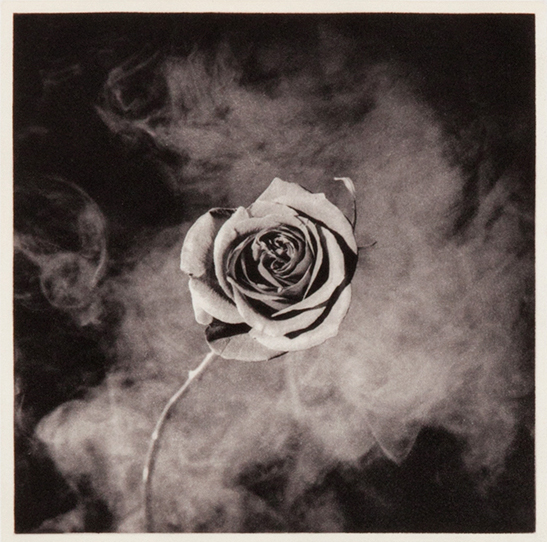A Season in Hell by Arthur Rimbaud, translation and introduction by Paul Schmidt, with photographs by Robert Mapplethorpe
Text in French and English
Published by Little, Brown and Company in 1986
Une Saison en Enfer (A Season in Hell) is an extended poem in prose written and published in 1873 by French writer Arthur Rimbaud (1854–1891). It is the only work that was published by Rimbaud himself. The book had a considerable influence on later artists and poets, including the Surrealists.
Rimbaud began writing the poem in April 1873 during a visit to his family’s farm in Roche, near Charleville on the French-Belgian border. According to Bertrand Mathieu, Rimbaud wrote the work in a dilapidated barn. In the following weeks, Rimbaud travelled with poet Paul Verlaine through Belgium and to London again. They had begun a complicated homosexual relationship in spring 1872, and they quarreled frequently. Verlaine had bouts of suicidial behavior and drunkenness. When Rimbaud announced he planned to leave while they stayed in Brussels in July 1873, Verlaine fired three shots from his revolver, wounding Rimbaud once, and after subsequent threats of violence Verlaine was arrested and incarcerated to two years hard labour. After their parting, he returned home to complete the work and published A Season in Hell. However, when his reputation was marred because of his actions with Verlaine, he received negative reviews and was snubbed by Parisian art and literary circles. In anger, Rimbaud burned his manuscripts and likely never wrote poetry again.
According to some sources, Rimbaud’s first stay in London in September 1872 converted him from an imbiber of absinthe to a smoker of opium, and drinker of gin and beer. According to biographer, Graham Robb, this began “as an attempt to explain why some of his [Rimbaud’s] poems are so hard to understand, especially when sober”.


































